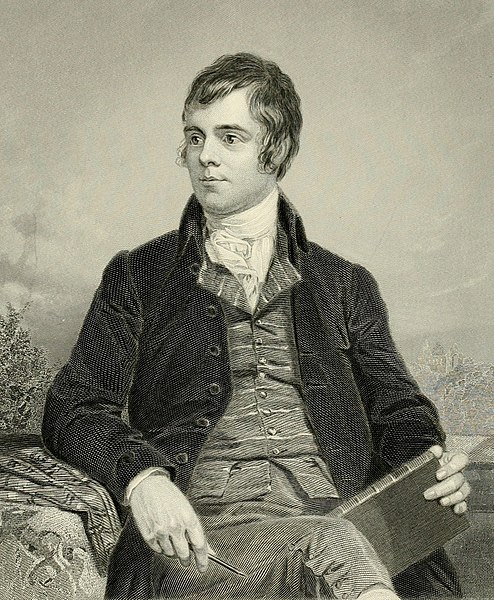
Fake Robert Burns manuscripts, crafted in Edinburgh 140 years ago, are still in circulation, raking in millions of pounds, according to experts. The forgeries, produced by a skilled counterfeiter
in the 1880s, have deceived collectors for over a century and remain an ongoing concern, as revealed by Prof David Wilson in his BBC Scotland program, Scams and Scandals, Counterfeit Art.
Robert Burns, a renowned writer of songs and poems until his death in 1796, saw the value of his handwritten work soar as his popularity increased. In the 1880s, Alexander "Antique" Smith, an Edinburgh forger, produced numerous fake manuscripts, which he sold to booksellers, pawnshops, and collectors. Despite Smith's imprisonment in 1893, many of his counterfeit documents persist.
Genuine Burns manuscripts can fetch significant sums at auctions today, making the circulation of fake papers a lucrative endeavor. Prof Gerard Carruthers, co-director of the Centre for Robert Burns Studies (CBRS) at Glasgow University, highlighted the ongoing confusion caused by Smith's forgeries among experts and collectors. He emphasized the importance of clues such as a blue tint or paper roughness in identifying fraudulent documents.
Prof Carruthers recounted recent experiences authenticating documents abroad, where collectors unknowingly invested in Smith's forgeries, leading to substantial financial losses. Despite the awareness of scams, experienced collectors have fallen victim to the allure of these fake manuscripts.
Alexander Smith, born in 1859, creatively used blank fly leaves from old books obtained at second-hand stores across Edinburgh to produce his counterfeits. The largest collection of Smith's fake manuscripts, numbering 157, is housed at the New York Public Library. The ongoing circulation of these forgeries underscores the enduring impact of historical scams on the art market. Photo by General Libraries, The University of Texas at Austin, Wikimedia commons.









































